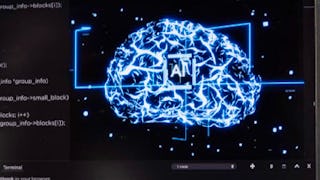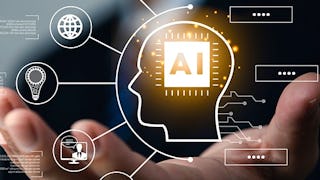Learn to build intelligent, autonomous multi-agent systems using powerful frameworks that can plan, collaborate, and execute complex tasks.
This course provides a structured approach to designing AI-powered systems using agentic design principles, orchestration strategies, and proven workflow patterns. You’ll explore popular frameworks such as LangGraph, CrewAI, BeeAI, and AG2 (formerly AutoGen), and learn how to select the right one for your needs. You’ll start with LangGraph, applying key design patterns such as sequential flows, routing, and parallelization to structure agent interactions. From there, you’ll move to CrewAI, where you’ll orchestrate agents, tasks, and tools, generate structured outputs using YAML and Pydantic, and extend capabilities with custom functions. Finally, you’ll explore BeeAI for orchestrating agents and workflows, and AG2 for creating multi-agent conversations and role-based collaboration. Through hands-on labs and real-world use cases, you will gain the skills needed to build scalable, maintainable, and efficient AI applications. Enroll today to gain cutting-edge agentic AI skills employers are looking for.























